Genetics: MicroRNA may suppress autism gene expression
A small fragment of RNA may regulate the expression of RORA, a gene implicated in many autism-related pathways, according to a study published 6 February in Scientific Reports.
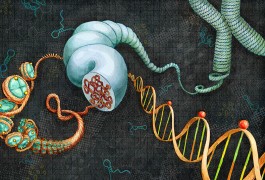
A small fragment of RNA may regulate the expression of RORA, a gene implicated in many autism-related pathways, according to a study published 6 February in Scientific Reports.
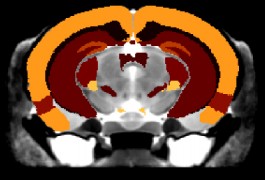
By mapping the brains of not 1 but 27 mouse models of autism, researchers are making sense of the widely divergent structural changes seen in autism brains, they reported Wednesday at the 2013 Society for Neuroscience annual meeting in San Diego.
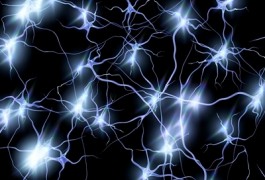
SHANK3, one of the strongest candidate genes for autism, has the potential to be a molecular entry point into understanding the synaptic, developmental and circuit origins of the disorder.
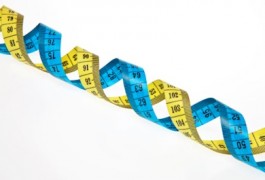
A gene’s length may influence its expression, and this has implications for autism, which tends to be linked to particularly long genes, says Mark Zylka.
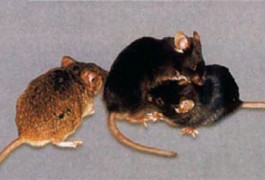
Mice lacking neurexin-1, an autism-linked protein that helps stabilize the junctions between neurons, are highly aggressive, according to a study published 28 June in PLoS One. These mice share a consistent genetic background, which may account for this being the first social deficit seen in mice lacking this protein.

Deletions in neurexin-1, a candidate gene for autism, may cause intellectual disability, speech delays, seizures, poor muscle tone and unusual facial features, according to two studies published in the past two months.

Epigenetics, or the chemical markings on DNA that affect gene expression, plays a role in some cases of autism, according to a study of 50 identical twins published 23 April in Molecular Psychiatry.

To focus the search for environmental risk factors in autism, we should look for chemicals that influence the molecular pathways associated with candidate risk genes, say Pamela Lein and Marianna Stamou.
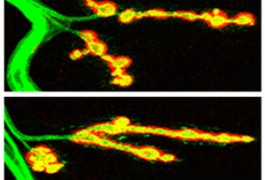
Neuroligin-2, an autism-linked protein, functions at both sides of neuronal junctions in fruit flies, according to a study published 7 November in The Journal of Neuroscience. The proteins have only been seen at the signal-receiving ends of these junctions in vertebrates.
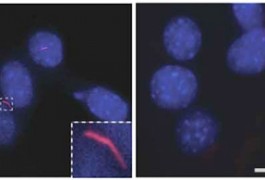
Genes involved in neuropsychiatric disorders tend to be required for the formation of primary cilia — small tentacles on the cell surface that sense the external environment — according to a study published 3 October in PLoS One.